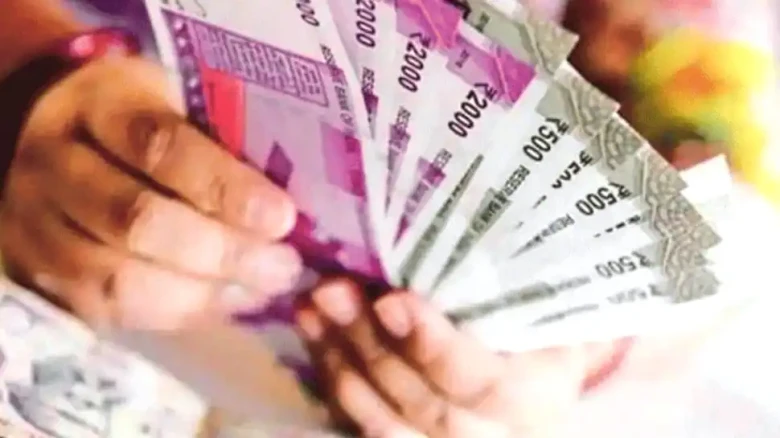To combat corruption and black money in the economy and shift toward a less cash-based economy, Prime Minister Narendra Modi stated on November 8, 2016, that the government would stop issuing notes in the denominations of 500 and 1,000 rupees.
Digital Desk: As of October 21, the amount of currency in circulation had reached a record high of Rs 30.88 lakh crore, demonstrating that the circulation of the rupee in India has remained strong even after 6 years of demonetisation.
According to figures from the Reserve Bank of India, it was at Rs 30.35 lakh crore at the end of the preceding fiscal year 2021–22 (April–March). The currency in use by the general public has increased by more than 70% during the initial demonetization period. The public's money was estimated to be at Rs 17.77 lakh crore on November 4, 2016.
To combat corruption and black money in the economy and shift toward a less cash-based economy, Prime Minister Narendra Modi stated on November 8, 2016, that the government would stop issuing notes in the denominations of 500 and 1,000 rupees.
The newly-elected Congress chief Mallikarjun Kharge claimed that the decision to demonetize high-value notes damaged businesses and destroyed jobs, despite reports of money with the people reaching a record high.
Taking Twitter Kharge tweeted on Monday while attaching a newspaper headline regarding currency with the public hitting a new high, "Demonetization was promised to free the country of black money. But it destroyed businesses and ruined jobs."
"6 years after the `masterstroke` the cash available in public is 72 percent higher than that in 2016. PM is yet to acknowledge this epic failure that led to the fall of the economy," the tweet added.
Separately, Pankaj Chaudhary, a minister of state in the ministry of finance, stated in a written response to the Lok Sabha in July that the government's objective is to transition to a less cash-based economy to reduce the creation and flow of black money and to promote the digital economy.

Leave A Comment